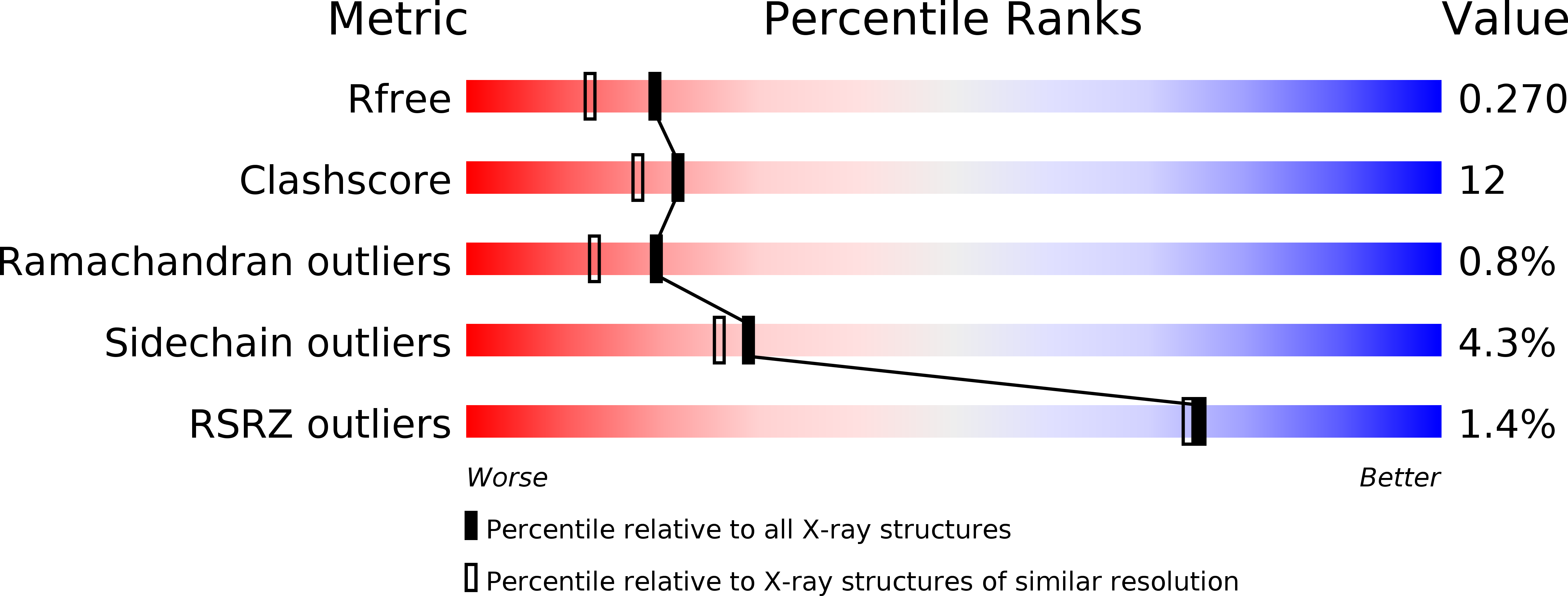
Deposition Date
2009-06-05
Release Date
2009-09-22
Last Version Date
2023-09-06
Entry Detail
PDB ID:
3HQ6
Keywords:
Title:
Cytochrome c peroxidase from G. sulfurreducens, wild type
Biological Source:
Source Organism:
Geobacter sulfurreducens (Taxon ID: 35554)
Host Organism:
Method Details:
Experimental Method:
Resolution:
2.00 Å
R-Value Free:
0.26
R-Value Work:
0.18
R-Value Observed:
0.19
Space Group:
P 1


